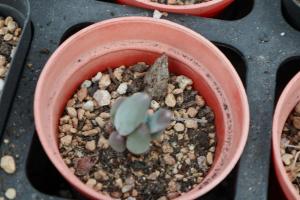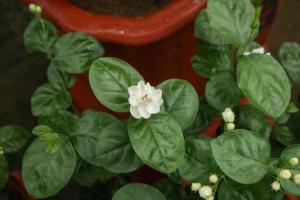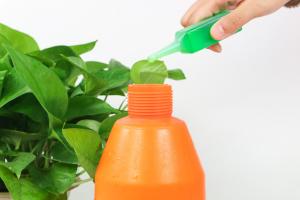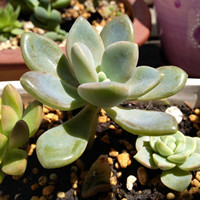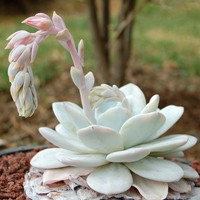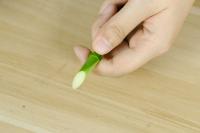Can I Plant Dianthus in a Pot?
Dianthus, also known as 'pinks,' are fragrant and colorful flowers that belong to the carnation family. They are a popular choice for garden beds and can be used for various landscaping purposes. However, not everyone has the space or the lawn to grow dianthus on the ground. The good news is that dianthus can be grown successfully in pots as well. In this article, we will discuss the basic requirements for growing dianthus in pots and how to care for them to ensure their healthy growth.
The Right Pot and Soil
To grow dianthus in pots, you need to choose a container that is at least 6 inches deep and 8 inches wide. The pot should have good drainage holes in the bottom to allow excess water to escape. Dianthus requires well-draining soil that is slightly acidic, with a pH range of 6.0 to 7.0. You can use a standard potting mix that is formulated for growing flowers or a mix of perlite, peat moss, and sand. The soil should be moist but not waterlogged, as dianthus does not tolerate wet feet and may develop root rot under such conditions.
Planting Dianthus in Pots
Before planting dianthus in a pot, you need to prepare the soil by loosening it and removing any debris or weeds. Add some slow-release fertilizer or compost to the soil to provide the plants with the necessary nutrients. Make a small hole in the center of the pot, and gently place the dianthus plant into the hole. Ensure that the plant is at the same level as it was in its previous container or the ground. Add more soil around the plant, and gently tamp down the soil to remove any air pockets. Water the plant thoroughly to settle the soil and promote root growth.
Light and Water Requirements
Dianthus requires full sun or partial shade, depending on the variety. In most cases, dianthus requires at least six hours of sunlight per day to thrive. It is best to place the pot in a well-lit location that receives morning or afternoon sun. Avoid placing the pot in a location that is too hot, such as in a west-facing window or on a south-facing patio. Water the dianthus plant regularly to keep the soil moist but not waterlogged. In hot or dry weather, you may need to water the plant more frequently, as pots tend to dry out quickly.
Pruning and Fertilizing
To promote healthy growth and flowering, you should fertilize dianthus once a month during the growing season. Use a balanced liquid fertilizer that is rich in nitrogen, phosphorus, and potassium. Avoid over-fertilizing, as this can lead to excessive vegetative growth at the expense of flowers. Prune the dianthus plant regularly to remove any dead or fading flowers, as this will promote a more compact and bushy habit. Deadheading also helps to prolong the flowering period and prevent the plant from using its energy to develop seeds.
Pests and Diseases
Dianthus is generally resistant to pests and diseases, but it may occasionally suffer from aphids, spider mites, or powdery mildew. Check the plant regularly for any signs of damage or infestation, and treat it promptly with insecticidal soap or neem oil. Powdery mildew can be prevented by ensuring good air circulation around the plant and avoiding overhead watering. If you notice any signs of disease, remove the affected parts of the plant immediately to prevent further spread.
In Conclusion
In conclusion, dianthus can be successfully grown in pots, provided that you provide it with the right soil, light, and water requirements. By following the steps outlined in this article, you can enjoy the fragrant and colorful blooms of dianthus in a compact and portable form. Remember to fertilize and prune the plant regularly, and watch out for any signs of pests or diseases. With a little care and attention, dianthus can be a lovely addition to your patio, balcony, or windowsill.

 how many times do yo...
how many times do yo... how many planted tre...
how many planted tre...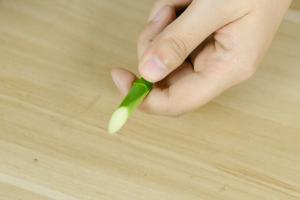 how many pine trees ...
how many pine trees ... how many pecan trees...
how many pecan trees... how many plants comp...
how many plants comp... how many plants can ...
how many plants can ... how many plants and ...
how many plants and ... how many pepper plan...
how many pepper plan...
